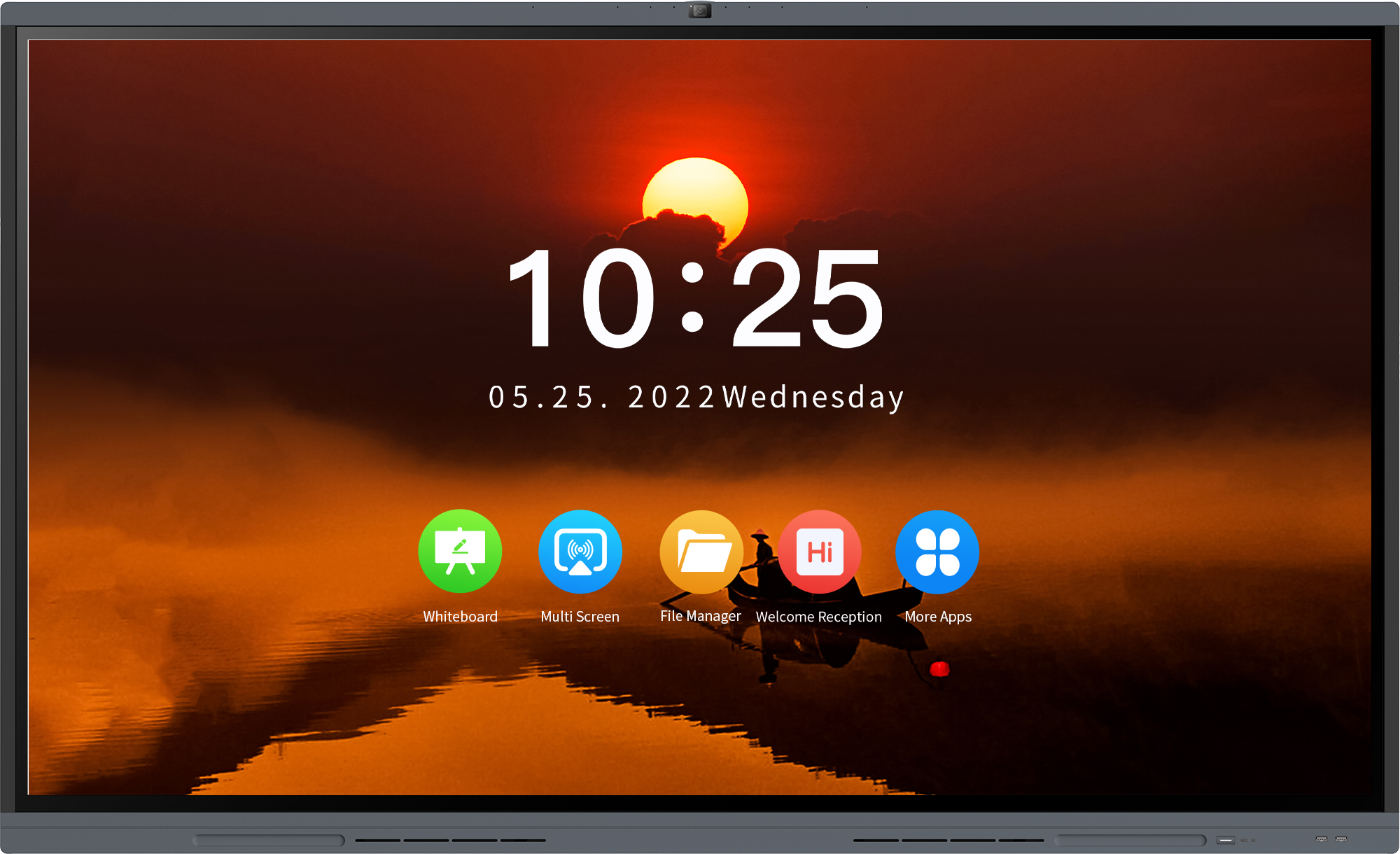Effective Strategies to Overcome Common Problems

Interactive whiteboards have become an essential tool in modern classrooms. They provide interactive learning experiences and facilitate engaging teaching methods. However, like any technological device, classroom interactive whiteboards can sometimes present challenges. In this article, we will explore common issues that arise when using interactive whiteboards in the classroom and discuss effective strategies to solve them.
1. Calibration Problems
One of the most common issues with interactive whiteboards is calibration. Sometimes, the calibration may not be accurate, leading to misalignment between the board and the projected content. This can affect the effectiveness of the teaching and learning experience.
To overcome calibration problems, follow these steps:
- Regularly calibrate the whiteboard using the provided software or tools.
- Ensure that the whiteboard is not exposed to direct sunlight as it can interfere with the calibration.
- Check the connection cables to ensure they are securely plugged in.
- Consider using a stylus pen for more accurate interaction instead of fingers which might cause imprecise calibration.
2. Connectivity Issues
Another common problem is connectivity, which can disrupt the smooth operation of interactive whiteboards. Connectivity issues can involve the connection between the whiteboard and the computer, or between the whiteboard and other peripheral devices such as speakers or printers.
Here are some strategies to address connectivity problems:
- Check all cables and connections to ensure they are properly plugged in and functioning.
- Restart the computer and the whiteboard to refresh the connection.
- Update the whiteboard's drivers and software to the latest version to ensure compatibility.
- Contact technical support if the issues persist for further assistance.
3. Lack of Teacher Training
One significant problem is the lack of adequate teacher training on how to effectively use interactive whiteboards. When teachers are not proficient in utilizing the features and software, it hinders their ability to create engaging and interactive lessons for their students.
To address the lack of teacher training issue, consider the following steps:
- Provide comprehensive training sessions to teachers on how to use the whiteboard and its functionalities.
- Encourage teachers to explore online resources, tutorials, and forums to enhance their knowledge and skills.
- Collaborate with experienced teachers who can offer guidance and share best practices with their peers.
- Regularly assess the progress of teachers and provide ongoing support and feedback to improve their proficiency.
In conclusion, interactive whiteboards offer numerous benefits for classroom instruction. However, it is important to be prepared for common problems that may arise. By implementing the strategies outlined in this article, teachers can enhance their use of interactive whiteboards and create a more engaging and effective learning environment for their students.

